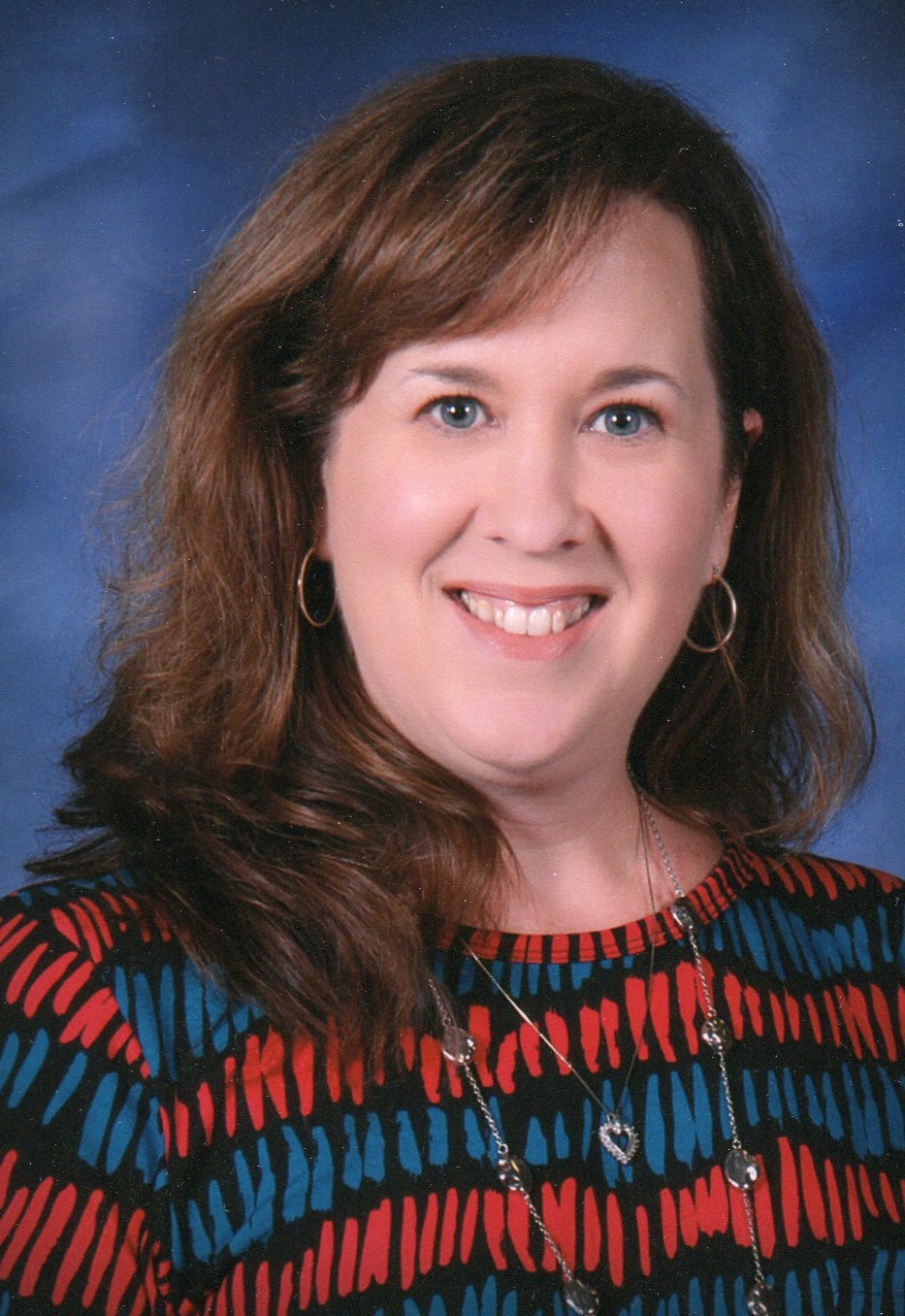In my last post, we talked about why we would need to include Math Intervention within our instructional day. I hope you’ve given it some thought! Here we will discuss HOW to make that idea a reality!
I understand 100% that TIME is a huge factor when planning for small group instruction in math. There are only so many instructional minutes in the day! Between the required minutes in the core subject areas, ELD, recess and lunch breaks, PE, what time is there that’s left? Add to that, our math block of time is beyond packed! There is an overabundance of stuff in Eureka to do with our students during math time, more than will even fit in our daily minutes for math. Anyone else having a Jesse Spano moment? Just me? Okay, let’s carry on.
Let me start with a brief-ish outline of how I structure many of my math lessons in my 5th grade classroom in order to accomodate intervention. I start by dividing my class into 2 smaller groups, a High & Medium-Low group and a Medium-High & Low group. I deliver my 20-minute Concept Development lesson with one group while the other group is working in centers or a must-do/may-do list. Then, we switch and I teach it again to the other small group. If you’re counting, that’s about 40 minutes of my math block. I spend the next 10 minutes working whole group on the problems I’d picked from the problem set. As students set out to work, I start to pull the kids that are having a hard time and we work together on the problems. After that, I have 10 minutes left in my math block to wrap up with a discussion and debrief, assuming a 60 minute math block. I use either something suggested in the debrief section, or I go off of some misconception I’ve seen while students were working on the practice set or in small group during the lesson. As a twist, I sometimes do a shorter debrief, but start the math block with a discussion around the Application Problem or the exit tickets from yesterday.
I’m still getting in the required parts of the Eureka lesson, just in a way that also lets me get some differentiation in not only for my below-level students, but to engage and push my higher-level and GATE students as well. Really, it’s a win-win!
Why do I love teaching math in this small group format? My super quiet kids that aren’t getting can’t hide as easily, and I can see what they need and address those needs as they arise. My kiddos that have already got it? I can see if they are truly understanding what they are doing. I can slow down or speed up as the group is showing me what they understand or don't.
Above, I mentioned centers and a must-do/may-do list. Are you curious what are students doing during that time? My next, and final post in this series, will address WHAT I use in this differentiation. I will give you a sneak peek though, just for sticking with me on this! Students aren’t working on just any activities, they are differentiated ones that are easy to manage for both the teacher (we’ve got enough to do!) and the students (so they’ll be independent and let us teach!) One of my centers is the Eureka Fluency or Sprint. Students do that with a partner timing them or with sand timers. Sometimes it’s differentiated where my on-level kiddos do the one suggested in the TE where my strugglers are doing a different one, like a basic fact practice one from a previous module or grade level. Another center is sometimes the exit ticket from yesterday, checking for understanding. Then, I differentiate further. Tune in next time to see how!
 Mathematically yours,
Mathematically yours,
Sabrina Blake
sabrina.blake@omsd.net






